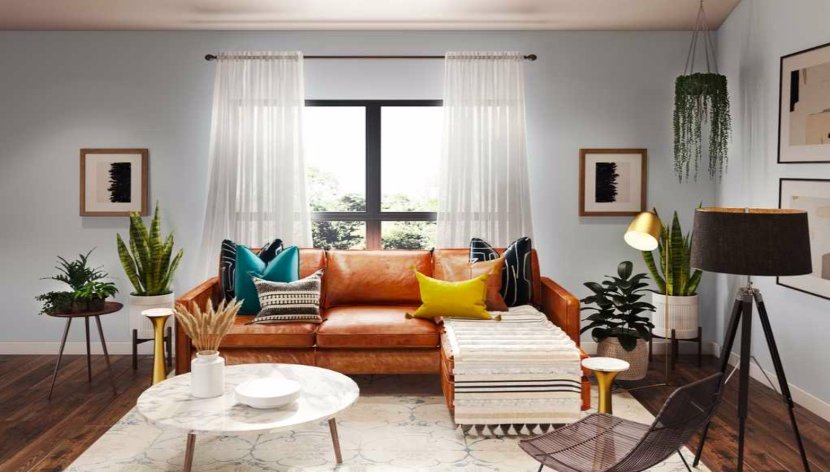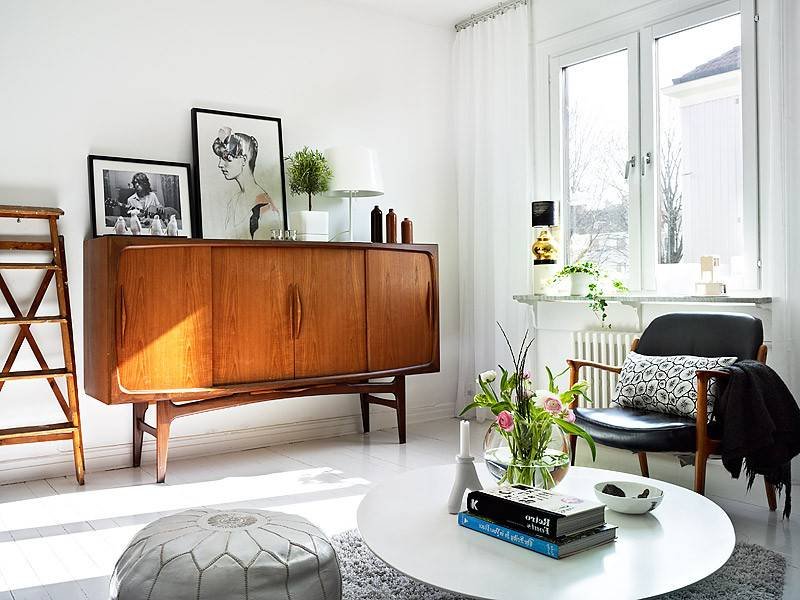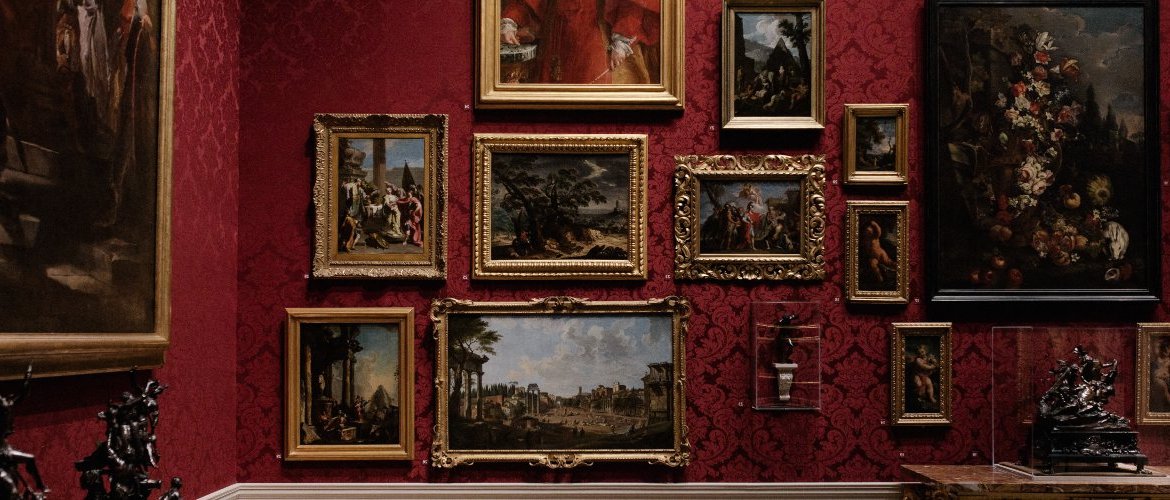The style of the 50's in decoration
There are decades in history that have passed without shame or glory. This is not the case of the 50's in decoration. If you have recently watched the series Mad Men you will recognize in many of its sets, some of the most characteristic features of this type of decorations that inspired the so-called Mid Century decoration.
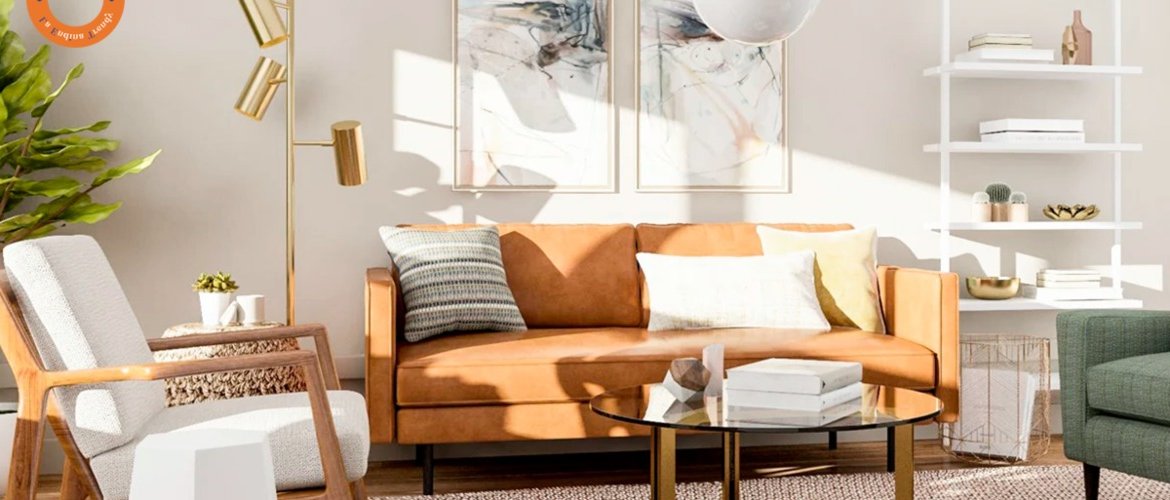
In practice, this is nothing but the evolution of modernism. It is a trend that focuses on functionality. But its charms also include refined lines and simple finishes, as well as geometric shapes.
The 1950s in decoration were a time of change, a new era based on functionality whose principles were also reflected in architecture, interior design and even graphic design.
But to explain this evolution, it is necessary to look at the changes that were taking place in homes during that decade. It was the era of the emergence of small household appliances that made everyday life easier. But it was also the era of the popularization of the television, present in every home. The new home accessories also influence its configuration. Thus there is an evolution in the configuration of the living room but also of scenarios such as the kitchen.
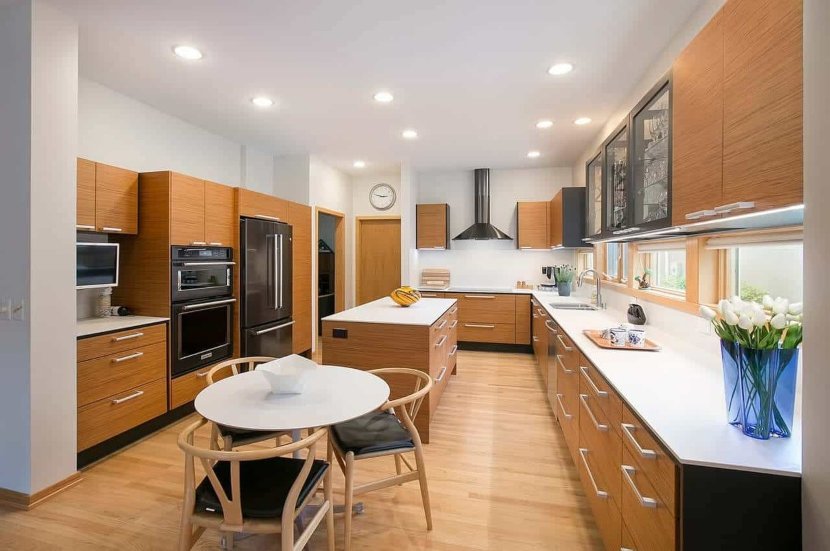
Along with functionality, simplicity is one of the most recognizable features of the 50's in decoration. As with the Scandinavian style, each element that is part of the decoration responds to a reason, avoiding overloaded compositions or opulence. Clean and straight lines, refined lines and the absence of ornaments on the furniture or as part of the decoration are a must have in this type of proposals.
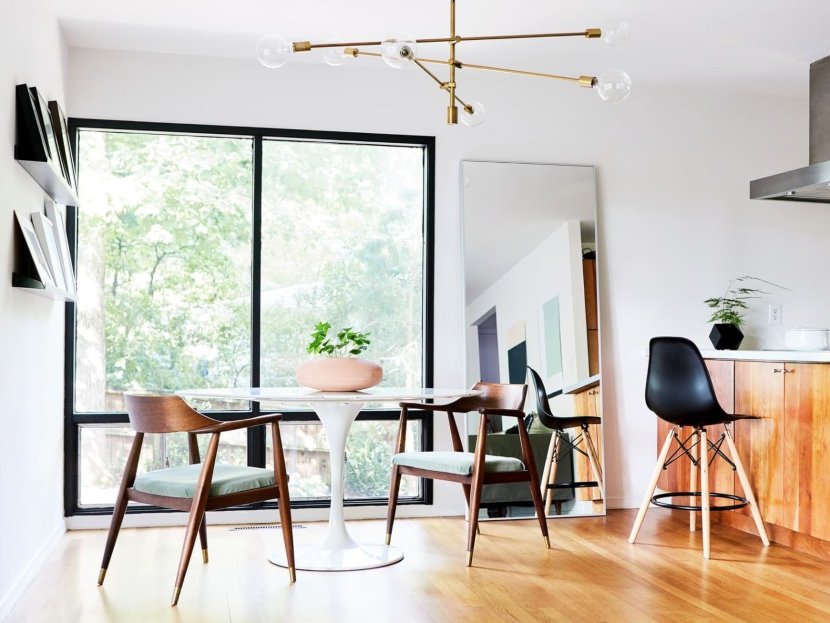
The change in the organization of spaces is another milestone of this decade. But beyond betting on functional compositions or turning the TV into the central axis of the living room distribution, a revolutionary trend for the time is betting on.
The integration of environments or, what is the same, the open concept, is becoming popular thanks to the commitment to open spaces free of divisions and partitions. But the idea of connecting environments goes further, seeking to blur the boundaries between indoors and outdoors.
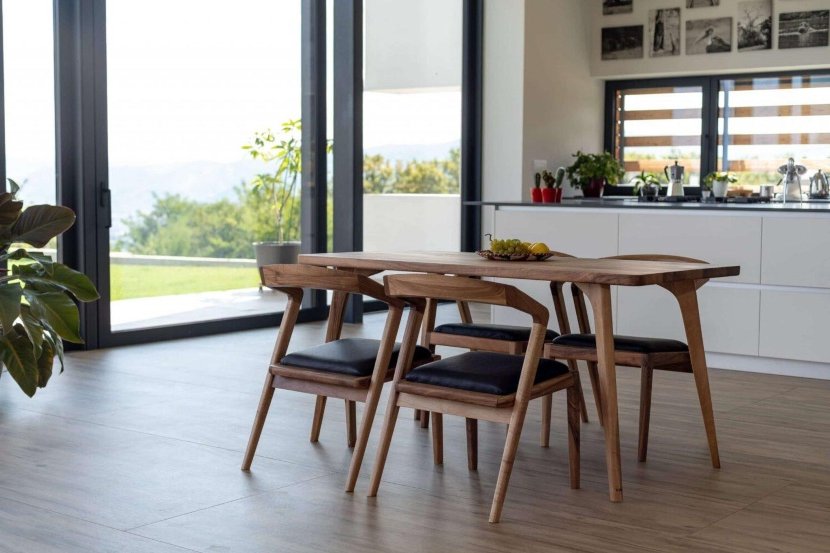
Beyond functionality, the decade that inspired the Mid Century style was characterized by simplicity, a taste for geometric elements, spaciousness and the emergence of iconic pieces.
Also recognizable is the taste for geometric figures, shapes that we see not only in textile prints, but also in wallpapers, mirrors, carpets... The key, in any case, is not to saturate the spaces, betting on few but well-chosen pieces and, whenever the dimensions allow it, in maxi size.
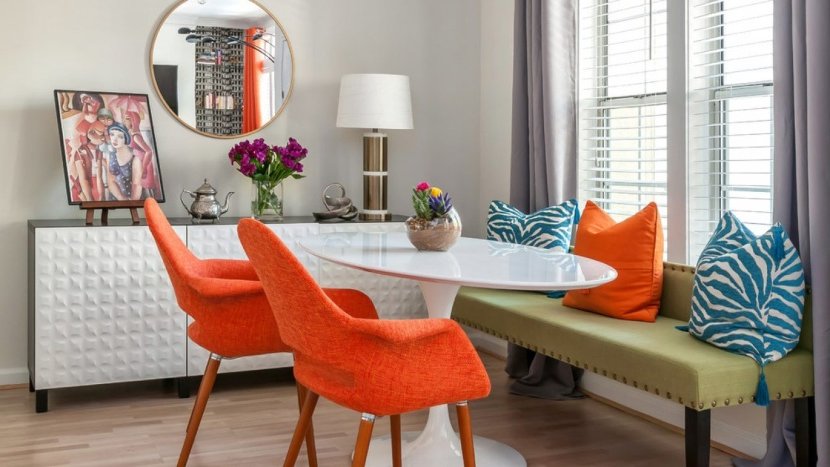
To talk about decoration is to talk about furniture. In the 50's, the undisputed protagonism was for wooden pieces. In this sense, the connection with the nature of the time is fundamental to understand it. It is precisely the use of this raw material that connects interiors and exteriors.
However, there is no lack of metallic details. They are the link to the industrial influence of the decade. With gold and bronze finishes as protagonists, many take the form of lamps, mirrors or other elements.
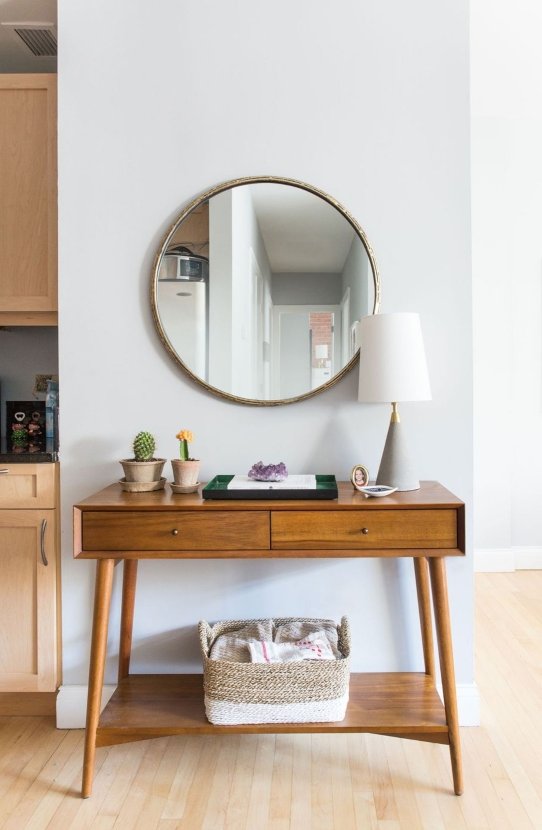
The 1950s in decoration were particularly prolific in terms of iconic pieces. In addition to lighting, the search for ergonomics, functionality and comfort led to the design of some of the most emblematic seats.
The Egg chair by Danish architect Arne Jacobsen is just one example. This mid-century production also includes the legendary Tulip Chair by Eero Saarinen, the Plywood or Lounge Chair Wood by Charles and Ray Eames for Herman Miller and the Wishbone Chair by Hans J Wegner.
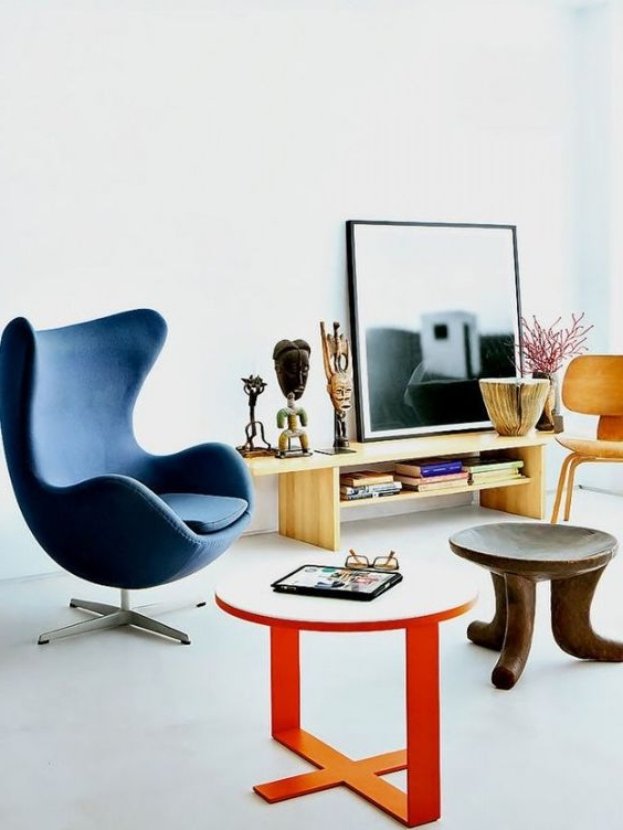
The richness of these years does not end with this wide selection of iconic pieces. Color management is another strong point of the Mid Century proposals. In essence, this style works what is known as tone on tone or, in other words, using similar colors both on walls and floors as well as in furniture, generally neutral tones or wood. However, it is open to incorporate chromatic nuances through the accessories, here yes, with much more striking tones.
The use of plants as part of the decoration, industrial reminiscences or organic designs are also part of the hallmarks of mid-century decoration.
